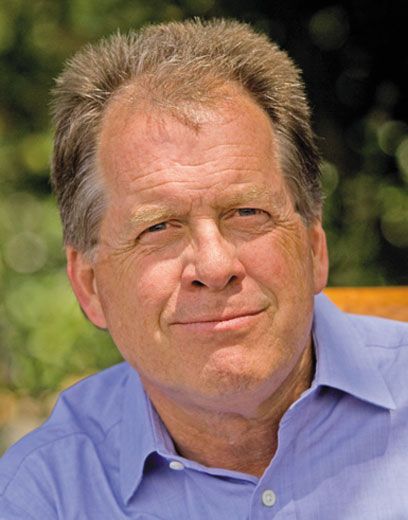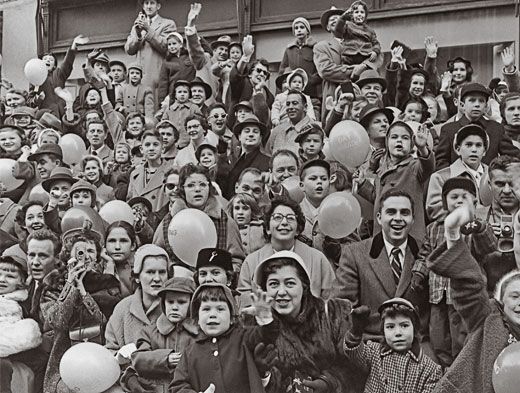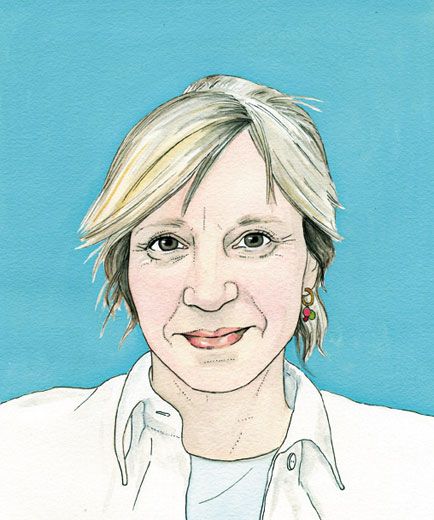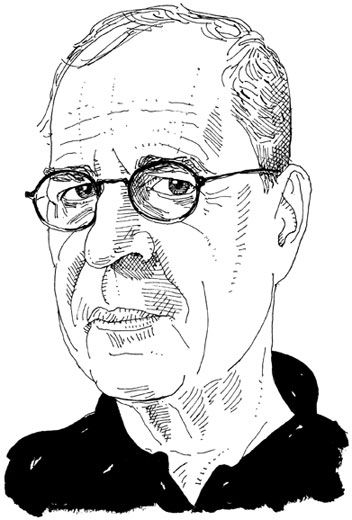Contributors
Timothy Ferris (“Onward, Voyagers,”) is the author of 12 books. His Coming of Age in the Milky Way won the American Institute of Physics Prize. He has made three documentary films that aired on PBS about cosmology and astronomy, including Seeing in the Dark. Thirty-five years after he contributed to the launch of NASA’s Voyager probes, he is more enthusiastic than ever about the mission. “The galaxy is over ten billion years old,” he says, “so I’d be surprised if we were the only species that ever launched a spacecraft.”
Joshua Hammer has served as bureau chief for Newsweek in Nairobi, Berlin and Jerusalem. He reports that since the 2008 U.S. presidential election, Barack Obama’s ancestral Kenyan village of Nyang’oma Kogelo (“Dreams of Kenya,”) has changed dramatically. “The place has opened up to the outside world in ways nobody could have anticipated a few years ago.”
Verlyn Klinkenborg, the author of The Rural Life and three other books, was raised on a family farm in Iowa. He has written columns about life on his own farm in upstate New York for the New York Times since 1997 as a member of the newspaper’s editorial board. He feels that even in modern times, the concept of home (“Phenomenon,”) is vital. “Americans may be uprooted, compared to other cultures,” he says, “but one result is that we put down roots pretty quickly.”
Susan Spano has journeyed around the world for her travel columns for the New York Times and Los Angeles Times and has lived in Rome, Paris and Beijing. Since 2011, she has written “The Constant Traveler” blog for Smithsonian.com. She sees America’s small towns (“The Best Small Towns in America”) as overlooked jewels. “People are going back to them,” she says. “They’re becoming centers of life with their very own rich culture.”
Mark Strand served as the U.S. poet laureate from 1990 to 1991. He is the author of 17 collections of poetry and the recipient of numerous awards, including the 1999 Pulitzer Prize for poetry. His poem for Smithsonian, “There Is No Wind in Oslo,” “went through several drafts, each one simpler than the previous,” he says. “It is mainly fumbling in the dark until something seems right.”
Paul Theroux is one of the country’s most distinguished travel writers. His 14 books cover everything from kayaking the South Pacific to traveling from Britain to Japan by train. But writing about his adopted home of Hawaii (“A Man and His Islands,”) was a unique challenge. “The most difficult place to write about is the place where you live,” he says, “not only because of the depth of your knowledge but because of your conflicting loyalties—to the place, to yourself, to the whole truth.”
Héctor Tobar was the Los Angeles Times bureau chief in Mexico City and Buenos Aires, and is now a columnist for the paper. He is also the author of two novels and the nonfiction Translation Nation: Defining a New American Identity in the Spanish-Speaking United States. While reporting on Mitt Romney’s Mexican roots (“Mexican Mission,”), Tobar was surprised by the country’s little-known Mormon colonies. “They haven’t been discovered by tourists and they haven’t been commercialized,” he says. “They feel a bit like they’re stuck in time.”
Hugh Turvey, who created the image on our cover, is a photographer and the artist in residence at the British Institute of Radiology in London. His innovative X-ray images of everyday objects have been featured in television commercials, films and museum exhibitions.




